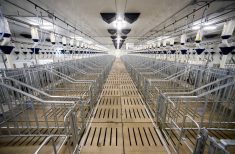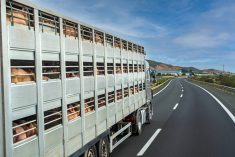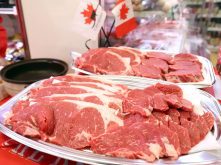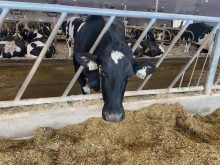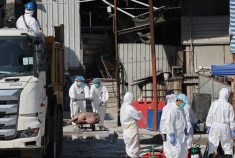There is no doubt that, whichever way you look at it, Western Canada is a good place to raise pigs. The combination of abundant space and locally grown feed ingredients provides key elements that are missing in some important pig-producing countries such as Denmark, where manure disposal is a challenge, and China, where a lot of corn and soybeans have to be imported.
So why is it that the industry has struggled so much over the last five years? Why did two of the country’s largest producers fail when the hog price fell precipitously this fall? Could it be that the pork industry is not sustainable in its current form?
Read Also
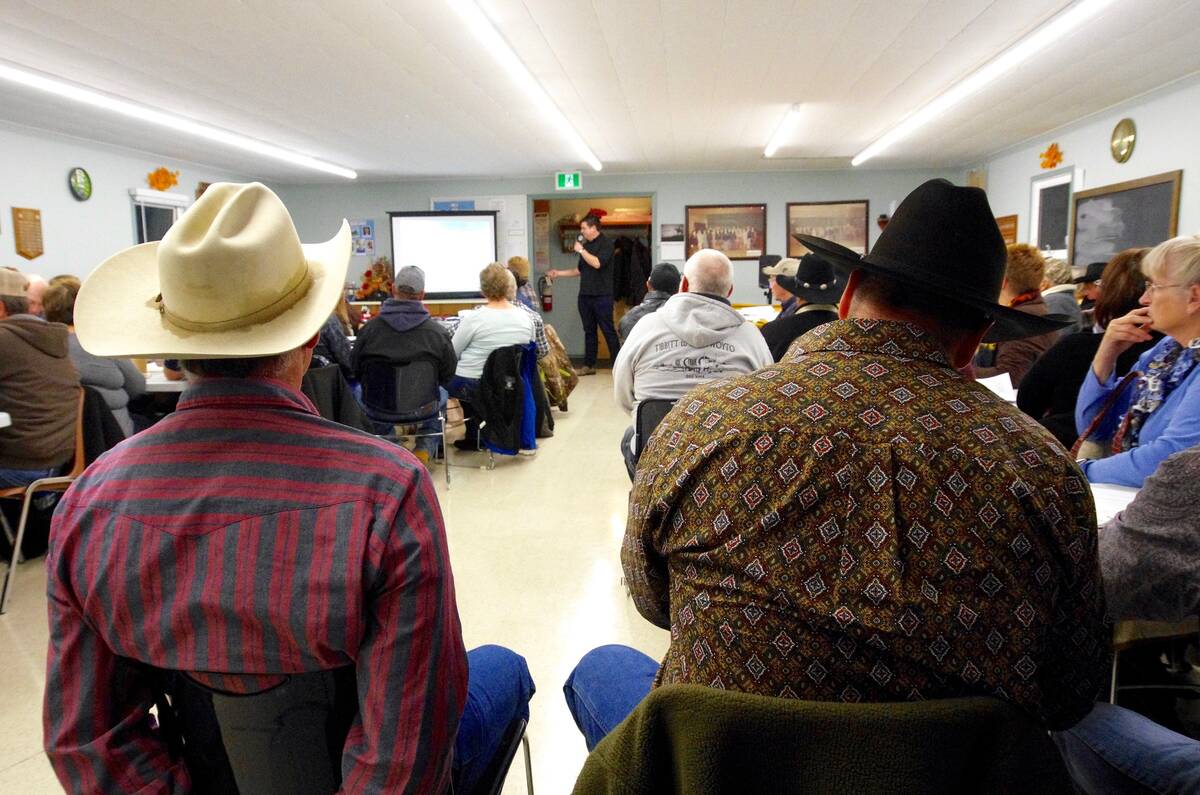
Don’t blow off that beef producer meeting
Local veterinarians and livestock experts often speak at beef producer group events. They have good advice for the farmer on vaccines, calving, beef herd management and more.
The Canadian pork industry grew rapidly from about 1995 to 2005, with total hog numbers increasing by 80 per cent. Canada became the biggest pork exporter in the world. However, both the expansion in hog numbers and Canada’s success in export markets were built on a weak Canadian dollar, not on its natural advantages. As the currency strengthened, producer and packer profitability fell, leading to a rapid reduction in the number of producers between 2007 and today. The likelihood of a lower-value loonie coming to the rescue seems slim, so the industry will have to adapt to a new economic environment or further contraction is inevitable.
Government help
The industry crisis of 2007-09 severely weakened producers’ balance sheets, leaving them vulnerable to a sudden financial shock, even with better prices from the summer of 2010 onwards. The industry was saved from total annihilation by government assistance, both in the form of loans, the Hog Farm Transition Program and AgriStability payments. Now, not only are many producers’ AgriStability reference margins low or non-existent, but there are distinct signs that both provincial and federal governments are not in the mood for further bailouts. How will the industry survive in future?
Production costs in Western Canada are among the lowest in the world and efficiency is good. While cost of production can continue to be reduced, this isn’t the root of the problem. The fact is that we are not adding enough value to our products, both in domestic and export markets. If greater value was created, some of the extra margin could be passed on to producers.
Also we continue to base the price that Canadian producers are paid on a U.S. index that is only used to price a small fraction of U.S. pigs and bears little resemblance to what most U.S. producers actually get paid. As a result, we now have the situation where processors are in danger of not having sufficient pigs to fill their plants in future, unless they secure that supply, which they will likely do by purchasing production capacity and moving towards a more integrated business model.
Domestic market eroded
One of the biggest areas of opportunity for adding value is the domestic market, which has been virtually ignored in the rush to export pork. The U.S. has taken full advantage of this situation, with over 25 per cent of all pork consumed in Canada now coming from the U.S. In the first 38 weeks of 2012, imports were up 18.3 per cent compared to last year.
During the recent publicity about the perilous state of the pork industry, it would have been nice if our industry leaders had been able to urge the public to support them by buying Canadian pork — except for the uncomfortable fact that it’s mostly impossible to tell the origin of pork in the store. Canadian producers desperately need a pork quality mark to identify their product, based on stringent and independently audited quality-assurance standards and backed up by good advertising and promotion.
Coupled with improved packaging, more product differentiation and branding and, as a result, greater value adding, this could enable Canadian pork to command a premium compared to U.S. product. Regaining our own market and adding more value could enable processors to decouple their pricing formulae from the U.S. markets.
Risk management
The events of the last five years have also exposed the need for better risk management by producers. Many of our larger production companies not only hedge feed-ingredient prices but forward contract their hogs. However, some independent producers still prefer to play the market, a strategy which has killed many of them off. For example, the Alberta Hog Price Insurance Program (HPIP) was designed after the 2007-09 crisis to meet industry requirements for a means of ensuring a specific price at some point in the future. The uptake by producers has been almost non-existent. For U.S. producers, price protection, both for inputs and hog revenues, is standard practice. It was possible for producers to lock in at least a proportion of their pigs for September at a price that would have at least covered costs, but many chose not to do this. In future, being able to lock into a profit, however small, may make the difference between survival and failure.
The Canadian pork industry is in danger of losing critical mass. Without some fundamental changes, it will continue to atrophy each time we reach a low in the hog price cycle. It needs greater co-operation between the parties in the pork supply chain to create more value. It needs creativity and funding to put in place the activities necessary to recapture the domestic market. And it needs continual improvements in efficiency and cost reduction.
An industry that was based on a weak Canadian dollar cannot survive for the long term without a major change in its business model.


